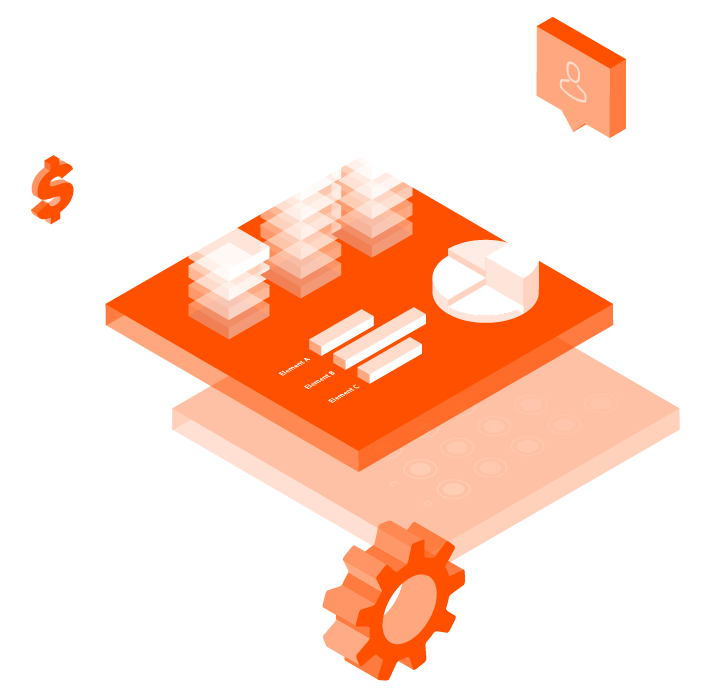Change Management – A Must for Companies Seeking Maintenance Excellence

To increase profits, strengthen competitive advantage and financial performance, or simply to survive, companies need to innovate. Innovation means introducing something new, such as implementing or optimizing a maintenance planning and scheduling process, integrating a new digital platform for effective collaboration between employees, or implementing performance indicators and an effective governance model to define gaps in performance and identify solutions for continuous improvement.
The ability for an organization to embrace change and the level of resistance from people undergoing change are key factors for implementing successful change initiatives. These will impact the way people do their jobs: their processes, roles, workflows, hierarchical structures, behaviors and even their identity within the organization.
Here’s how conducting tangible and constructive activities that allow employees to see, touch, experience and feel the many benefits of change, promotes individual buy-in and prepares the organization for managing change effectively.
Thriving in an Ever-Changing Environment
Changes come frequently and rapidly. They are increasingly complex, often interdependent, and ever more cross-functional. The ability to achieve results on multiple shifts enables an organization to reach its strategic vision and succeed in today’s changing world. By implementing a relevant change management methodology, the organization will achieve the desired results from each change it undertakes, enhance its change management competencies, and, therefore, will be able to deal with more changes at the same time.
Achieving Project ROI
As we all know, organizations implement change to improve performance. A portion of the benefits (20%) is obtained by implementing the solution itself. However, a large proportion of the benefits is closely linked to the employees’ commitment to change. In the case of large projects, these success factors range from 80% to 100%! The implementation of a change management strategy aimed at changing the employees’ way of doing things will therefore allow the organization to obtain most of the benefits.
Bridging the Gap Between Requirements and Results
Although the organizational change is meeting all the requirements and reaching the expected objectives, too often, it does not produce the desired results. This is typically because organizations are focusing more on the delivery of the solution than on its benefits. The gap between requirements and results is driven by the people who make the change happen on a daily basis. A well-designed change management program will help close this gap and support the people involved in the change to make it possible.
Increasing the Project’s Probability of Success
The evidence is clear. The more engaging and effective change management methods are, the more likely it is to achieve project goals. Prosci’s correlation data from more than 2,000 data points over ten years shows that excellent change management initiatives are six times more likely to achieve objectives than those with poor change management. By simply moving from “poor” to “average” change management increases the likelihood of achieving goals by three times. McKinsey data also shows that the return on investment from excellent change management is significantly higher than from poor change management. Change management, when applied correctly, significantly increases the success rate of the project.
Reducing Critical Risks
Not considering the human dimension of change is costly and risky. When the focus is exclusively on meeting technical needs, and the importance of employee buy-in is downplayed, retirement, absenteeism and attrition rates increase. Employee morale is impacted, they become disengaged and productivity decreases. Change management is the key to minimizing these risks.
Taking the Chance Out of Change
Implementing change is not easy. It’s important to eliminate the uncertainty and variability associated with change. Project management does this by providing guidance on the scheduling of milestones, deliverables, activities and by managing resources throughout the project. If people are not supported through the changes generated by projects, embracing change will be completely left to fate. It is through a proactive and effective change management program that we can take the chance out of change.
By providing your employees with the readiness, support and skills they need to succeed in making change happen, through your actions, you are demonstrating that they are at the heart of your organization’s success.
Visual Planner
Visual Planner is a series of applications embedded in SAP PM and IBM Maximo that allow you to put in place a solid work week management process in accordance with worldwide industry best practices.
It was designed specifically for scheduling day-to-day maintenance work and will empower your organization to execute routine maintenance work on time, boost labor productivity and reduce maintenance costs.
